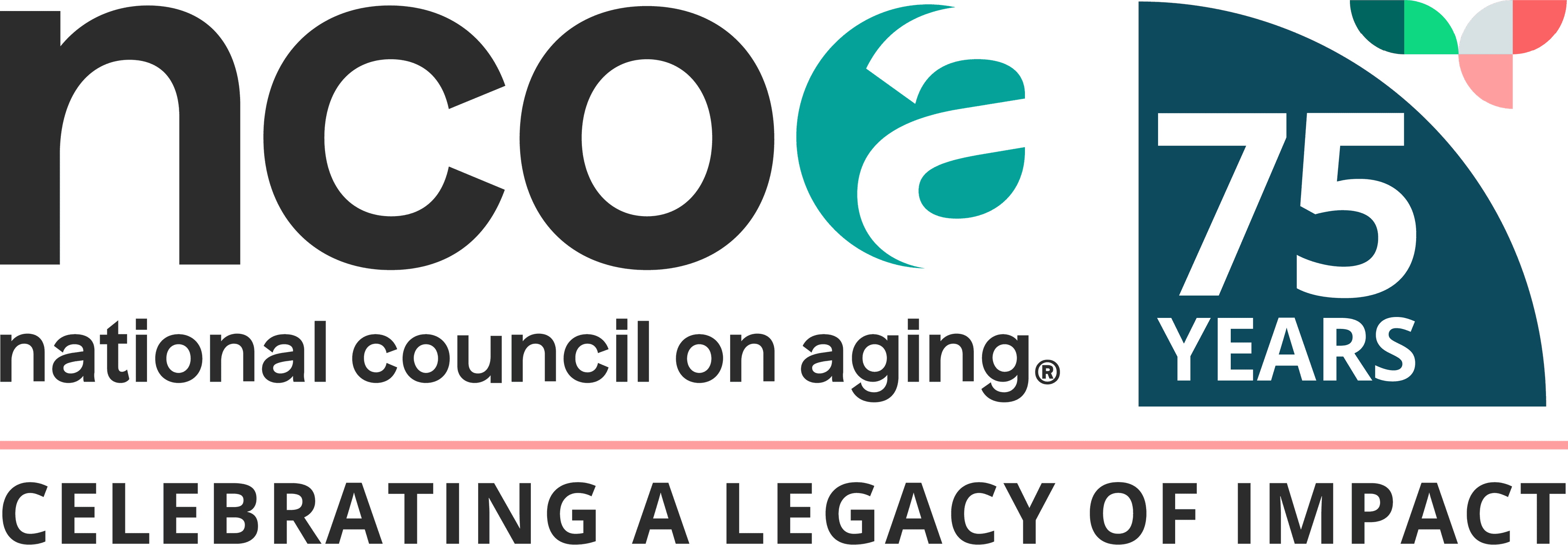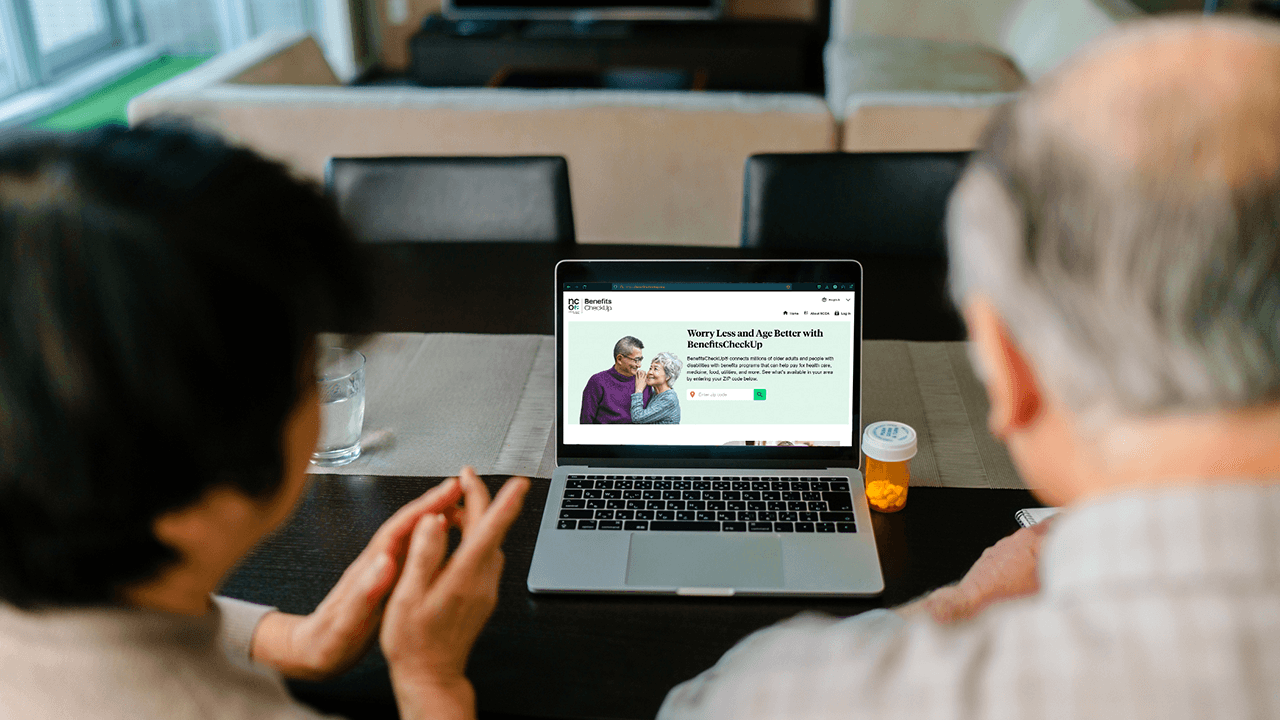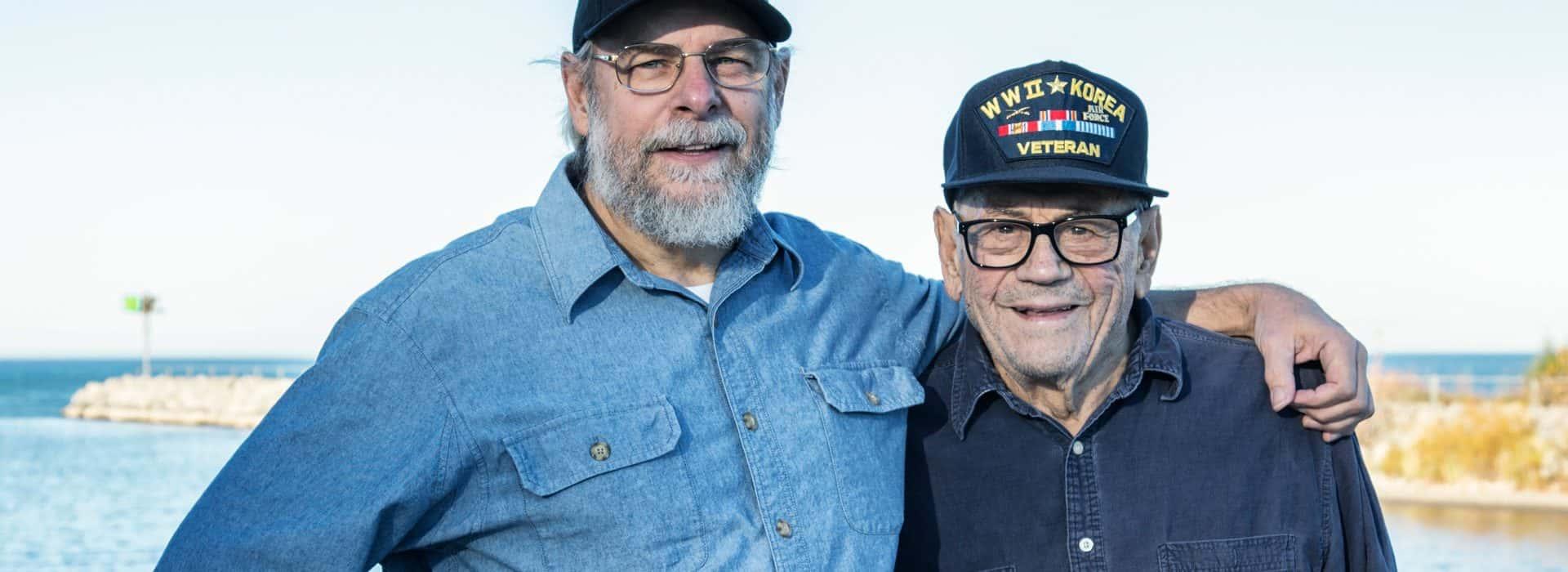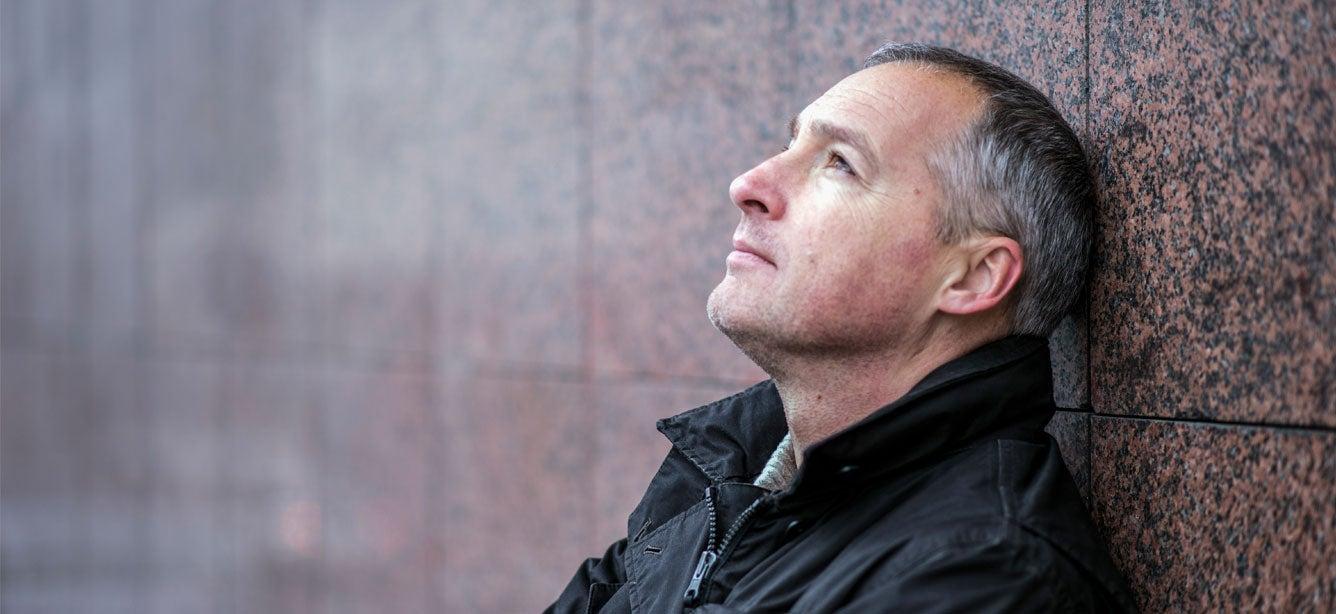$30 Billion Left on the Table: Connecting More Older Adults With Money-Saving Public Benefits
6 min read
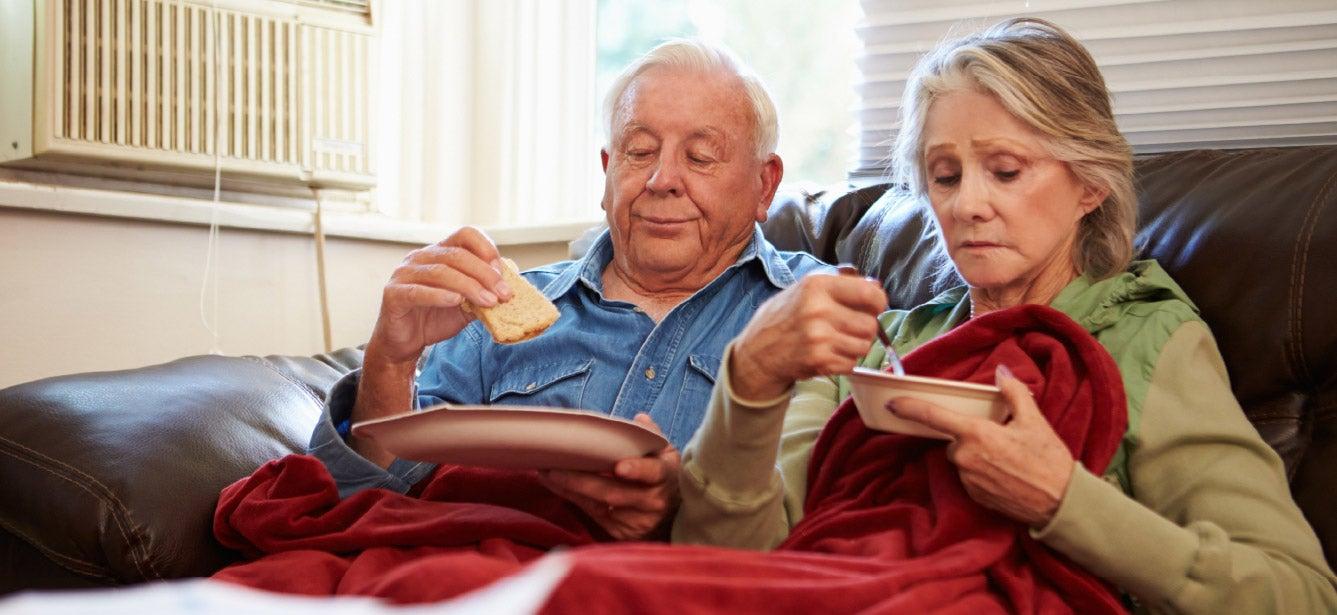
Related Topics
Poverty in America is a persistent and longstanding problem that affects people at all ages, across all demographic groups. This includes older adults. According to the latest U.S. Census Bureau Data, the poverty rate among adults age 65 and older was 11.3% in 2023. Poverty in this group increased in ten states between 2022 and 2023.1
In 2022, roughly 8.2 million Americans age 65 and older were economically insecure, living with incomes below the poverty threshold (Note: This figure is based on the Supplemental Poverty Measure, which considers out-of-pocket health care costs not accounted for in the official poverty measure).2 Older women are more likely to struggle financially due to factors like having to leave the workforce for unpaid caregiving.3
For older adults facing economic insecurity, every day can feel like a struggle. While the costs of living keep rising, their incomes do not. These people may have trouble affording groceries, utilities, and other basic expenses. They may lack access to transportation, which makes it hard to hold down a job or keep health care appointments. Living on an extremely tight budget can cause significant stress and anxiety for low-income older adults. And a single setback—like a serious injury, critical illness, or job loss—can mean utter financial devastation.
Financial assistance is available—but $30 billion goes unclaimed each year
There are a variety of public and private benefits programs that provide financial and other types of assistance to economically insecure older Americans. These programs can help people pay for food, prescriptions, utilities, health care, and more. That may sound like good news, but unfortunately, a large portion of this aid goes unclaimed every year. In fact, people who qualify for assistance programs but are not enrolled leave $30 billion in benefits on the table annually.
To what extent are these programs being underutilized?
To calculate how much money is left untapped in public benefits, NCOA takes the estimated number of low-income older adults who are eligible but not enrolled in programs. We then multiply this figure by the estimated annual value of each benefit. Our most recent findings for core programs are below.
Supplemental Nutrition Assistance Program (SNAP)
Older adults with food insecurity can't reliably get enough food to lead a healthy, active lives. Roughly 7 million older Americans (or 1 in 11 of those age 60+) faced food insecurity in 2022.4
As the largest hunger safety net program in the nation, the Supplemental Nutrition Assistance Program (SNAP) was created to help alleviate food insecurity among low-income Americans. The average monthly benefit for an older adult living alone is $188/month.5 But nearly 60% of seniors who qualify for SNAP do not enroll, according to 2024 data published by the Food Research & Action Center.6 That's an estimated 4.2 million people who are missing out on food assistance, amounting to $5.3 billion each year.6
Medicare Part D Low-Income Subsidy (LIS, or Extra Help)
When budgets get tight, many low-income older adults go without the vital medications they need to stay healthy—whether they’re cutting pills in half or skipping doses altogether. Often, it boils down to choosing between prescriptions and buying groceries or paying an energy bill.
Medicare’s Extra Help program can help lower out-of-pocket costs for the medications its members depend on. The Social Security Administration estimates the annual value of Extra Help at $6,200. But NCOA has conducted research on the take-up rates of this program, and found that roughly 2 million people who are eligible don’t sign up. This results in $11.8 billion yearly in missed benefits.
Medicare Savings Programs (MSPs)
For Medicare beneficiaries, especially those with chronic conditions, out-of-pocket expenses (e.g., deductibles, copayments, and coinsurance) can add up quickly. That explains why 1 in 4 adults age 65 and older cut corners with food, utilities, clothing, and/or medication to compensate for rising health care costs.7
The four Medicare Savings Programs (MSPs) can help alleviate out-of-pocket costs for older adults in need. At a minimum, the MSPs pay for a person’s monthly Part B premium ($185/month in 2025, or $2,220 annually). The Centers for Medicare & Medicaid Services (CMS) shows that roughly 1.25 million people receiving Extra Help also qualify to receive, but are not enrolled in, an MSP.8 Additional estimates from NCOA and MACPAC point to as many as 2–3 million people missing out on this important assistance (totaling $3.96 billion - $5.94 billion in forfeited benefits).9
What are the barriers to claiming benefits?
Many people who qualify for the benefits mentioned above could also receive hundreds of dollars more through programs that help them save on utilities, home internet/phone service, taxes, and other expenses. With this kind of financial assistance available, why are so many older adults missing out?
According to NCOA’s research, there are four major barriers to benefits program participation:
- Lack of awareness of programs
- Assumption that application processes are complicated
- Not knowing how or where to apply
- Believing other people need more help than they do
The key to overcoming these obstacles is working collectively to provide proactive, targeted outreach to older populations. This outreach can happen within the community—from health care providers, area agencies on aging, religious organizations, and others. The internet and social media platforms like Facebook have also been found to be effective channels for communicating information on lesser-known benefits programs.
Explore programs with NCOA's BenefitsCheckUp to stay health and save money
NCOA is committed to helping all older adults afford nutritious food, health care, and more.
One way to do this is through BenefitsCheckUp.® With this free, easy-to-use tool, older adults and caregivers can browse more than 2,000 public and private benefits programs available in all 50 states and the District of Columbia. They can also find out how to apply for benefits—and even get help with the application process.
“By telling our patients, families, clients, and community members that help is out there, we can connect more deserving older adults with the benefits they need to worry less and age better,” said Josh Hodges, NCOA's Chief Customer Officer.
Sources
1. United States Census Bureau. Older Adults and Child Poverty Rates Changed in Many States in 2023. September 12, 2024. Found on the internet at https://www.census.gov/library/stories/2024/09/acs-child-poverty.html
2. KFF. How Many Older Adults Live in Poverty? May 21, 2024. Found on the internet at https://www.kff.org/medicare/issue-brief/how-many-older-adults-live-in-poverty
3. Justice in Aging. Older Women and Poverty. Found on the internet at https://justiceinaging.org/wp-content/uploads/2020/08/Older-Women-and-Poverty.pdf
4. Feeding America. Facts about senior hunger. Found on the internet at https://www.feedingamerica.org/hunger-in-america/senior-hunger-facts
5. USDA. Characteristics of Supplemental Nutrition Assistance Program Households: Fiscal Year 2023. April 2025. Found on the internet at https://fns-prod.azureedge.us/sites/default/files/resource-files/snap-FY23-Characteristics-Report.pdf
6. Food Action & Resource Center (FRAC). SNAP Map: SNAP Matters to Seniors. Found on the internet at https://frac.org/research/resource-library/snap-map-snap-matters-to-seniors
7. Nicole Willcoxon. Older Adults Sacrificing Basic Needs Due to Healthcare Costs. Gallup. June 15, 2022. Found on the internet at https://news.gallup.com/poll/393494/older-adults-sacrificing-basic-needs-due-%20healthcare-costs.aspx
8. Centers for Medicare and Medicaid Services. Percentage of individuals enrolled in the Medicare Part D Low Income Subsidy Program (LIS). June 2021. Found on the internet at https://www.cms.gov/files/document/lisenrollmentjune2021.pdf
9. Medicaid and CHIP Payment and Access Commission. Medicare Savings Programs: New Estimates Continue to Show Many Eligible Individuals Not Enrolled. August 2017. Found on the internet at https://www.macpac.gov/wp-content/uploads/2017/08/Medicare-Savings-Programs-New-Estimates-Continue-to-Show-Many-Eligible-Individuals-Not-Enrolled.pdf
